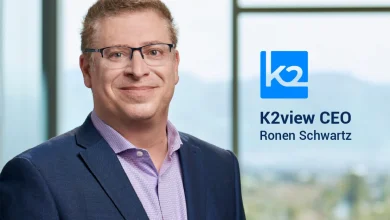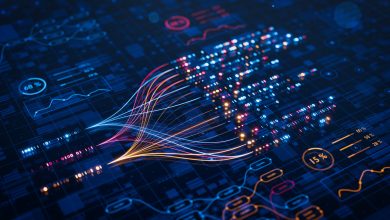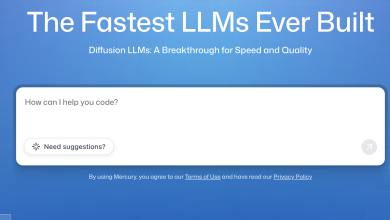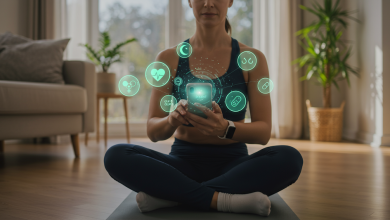Keeping things clean in busy commercial spaces isn’t just about looking professional—it’s about preventing disease transmission and meeting health codes. Commercial uv sterilizer solutions use ultraviolet light technology to eliminate bacteria, viruses, and other pathogens on surfaces and in air without chemicals. These systems have become critical infrastructure in healthcare facilities, food service operations, manufacturing plants, and public spaces. The Centers for Disease Control recognizes UV-C germicidal irradiation as an effective supplemental disinfection method, particularly valuable in settings where chemical disinfectants aren’t practical or leave residues that interfere with operations.
How UV Sterilization Actually Works
UV-C light (wavelengths between 200-280 nanometers) damages microbial DNA and RNA, preventing reproduction. The sweet spot sits around 254nm, where absorption by nucleic acids peaks. When pathogens absorb this energy, thymine dimers form in their genetic material, causing permanent mutations that make replication impossible.
The dosage determines effectiveness. It’s measured in millijoule-seconds per square centimeter (mJ/cm²). Most bacteria need 2-10 mJ/cm² for 90% reduction, while hardy viruses and bacterial spores require 15-30 mJ/cm². Commercial systems calculate required exposure time based on lamp output and distance from the target surface.
Low-pressure mercury lamps dominated the market for decades, producing nearly monochromatic 254nm output at about 30-40% efficiency. Newer pulsed xenon lamps emit broadband UV across the entire germicidal spectrum but cost significantly more upfront. The trade-off comes down to application—continuous disinfection benefits from mercury lamps’ efficiency, while rapid terminal room disinfection suits pulsed xenon better.
Commercial Applications and Requirements
Healthcare settings face the strictest demands. Operating rooms, patient rooms, and ICUs use mobile UV units for terminal disinfection after patient discharge. Studies from infection control journals show UV disinfection reduces healthcare-acquired infections by 20-30% when combined with traditional cleaning. The catch is proper coverage—shadowed areas receive inadequate dosage, so many facilities use multiple units or rotating systems.
Food processing plants deploy UV in several ways. Surface disinfection of packaging materials, air sanitization in clean rooms, and water treatment all use UV technology. The USDA recognizes UV as a non-chemical intervention for reducing pathogens on food contact surfaces. Commercial bakeries particularly like UV because it doesn’t leave residues that affect product taste or quality.
Laboratory environments use UV in biological safety cabinets and clean benches. These installations run continuously or cycle on timers during non-use periods. The UV lamps in these systems typically last 8,000-10,000 hours before output drops below effective levels, requiring annual replacement in facilities running 24/7 operations.
System Design Considerations
Placement geometry affects everything. UV intensity follows the inverse square law—doubling the distance reduces intensity to one-quarter. Commercial systems compensate by using higher wattage lamps (typically 30-150 watts) or multiple lamp arrays positioned strategically around the space.
Reflective surfaces boost efficiency. Polished aluminum or stainless steel reflects about 80% of UV-C, effectively increasing dosage without additional lamps. Some commercial units incorporate parabolic reflectors that focus UV output into specific zones requiring higher intensity.
Safety interlocks are mandatory in commercial installations. UV-C damages human skin and eyes rapidly—even brief exposure causes photokeratitis (essentially sunburn of the cornea). Professional systems include motion sensors, door interlocks, and warning indicators that shut off lamps if someone enters the disinfection zone. Regulatory bodies like OSHA set exposure limits at 0.1 µW/cm² over an eight-hour period.
Maintenance and Operational Reality
Lamp degradation happens gradually. UV output decreases about 20-30% over the rated lamp life even though visible light output remains constant. This is why commercial operations track lamp hours and replace on schedule rather than waiting for burnout. Continuing to use degraded lamps creates a false sense of security—surfaces look clean but aren’t receiving adequate germicidal dosage.
Cleaning lamp surfaces matters more than people think. Dust and residue block UV transmission. In industrial settings with airborne particles, weekly cleaning with alcohol wipes maintains output. Some facilities install pre-filters on air circulation systems to reduce particulate buildup on lamps.
Humidity affects performance slightly. Water vapor absorbs UV-C, reducing effective range by 5-10% in very humid environments. This isn’t usually problematic for surface disinfection but matters for air disinfection systems where UV must penetrate longer distances through air.
Measuring Effectiveness
UV radiometers verify system performance. These sensors measure UV-C intensity at various points in the treatment area. Commercial facilities should measure quarterly at minimum, with documentation required for health department inspections in many jurisdictions.
Biological indicators provide functional verification. Spore strips containing known concentrations of resistant microorganisms get placed in critical areas during UV cycles. Post-exposure analysis confirms adequate kill rates. This matters because geometric calculations don’t account for every variable—reflection, absorption, shadowing all affect real-world performance.
Integration with existing protocols is key. UV works best as a supplement to, not replacement for, traditional cleaning. Organic matter blocks UV penetration, so surfaces must be physically cleaned first. Commercial operations that treat UV as an additional safety layer rather than a standalone solution see the best outcomes.




